Ever feel like shopping for gels and run fuel requires knowing a secret language? You’re not alone. The options are endless with different brands, flavors, and labels full of sciency jargon. Let’s get a better understanding of gel labels so you know what you’re trying.
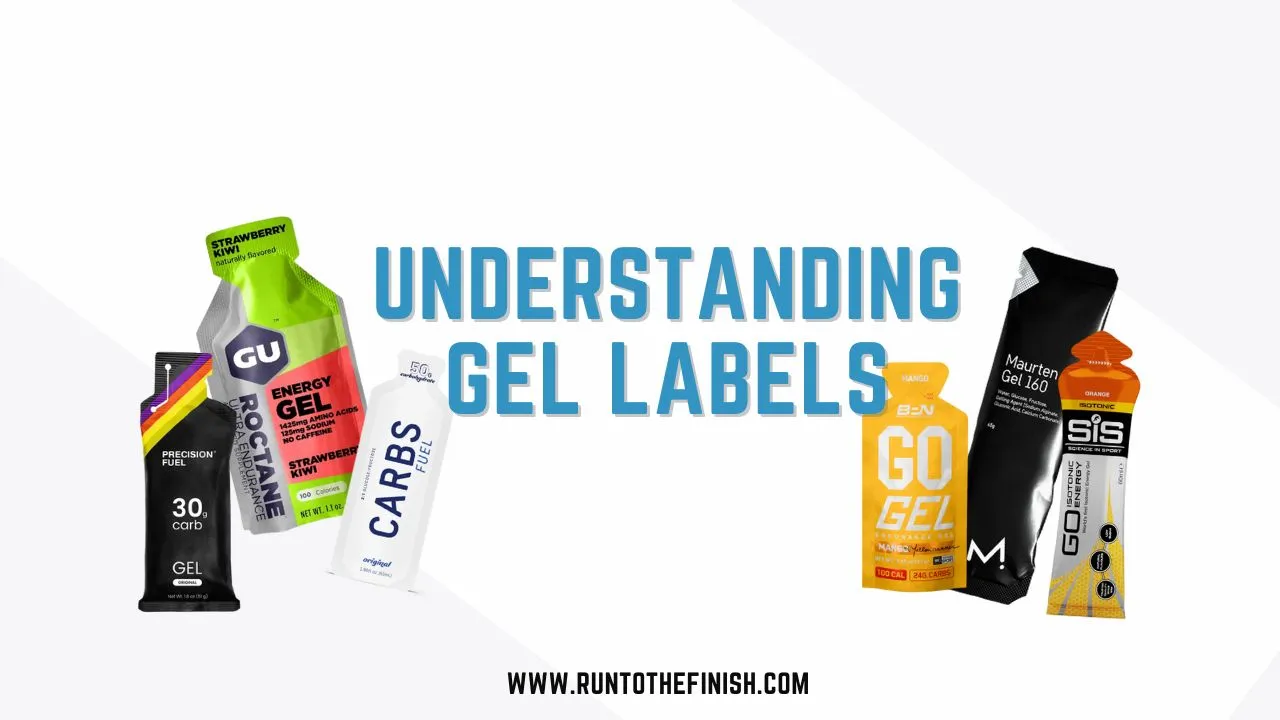
Isotonic, hydrogels, sugar-free gels, different textures, and the list goes on. If our heads are spinning, we know yours probably are too.
But here’s the thing, skipping your fueling because you’re nervous to try a gel, or because the “best gel ever” from your favorite runfluencer wrecked your stomach, can hurt your performance more than any tricky label ever will.
That’s why we called in the expert. Kylee Van Horn joined us on the Tread Lightly Running Podcast to help decode the labels on your running gels.
You may recognize Kylee from the Your Diet Sucks podcast and owner of Fly Nutrition here in Colorado. She’s an endurance sports dietician who has worked with hundreds of endurance athletes to improve their performance, heal their relationship with food, and overcome GI issues.
Low Sugar Gels: What You Need to Know
Brands will use whatever marketing hook they can to get you to buy their gels. But just because it sounds good on the package doesn’t mean it’s the right choice for your run.
One of the most misleading? Low-sugar gels.
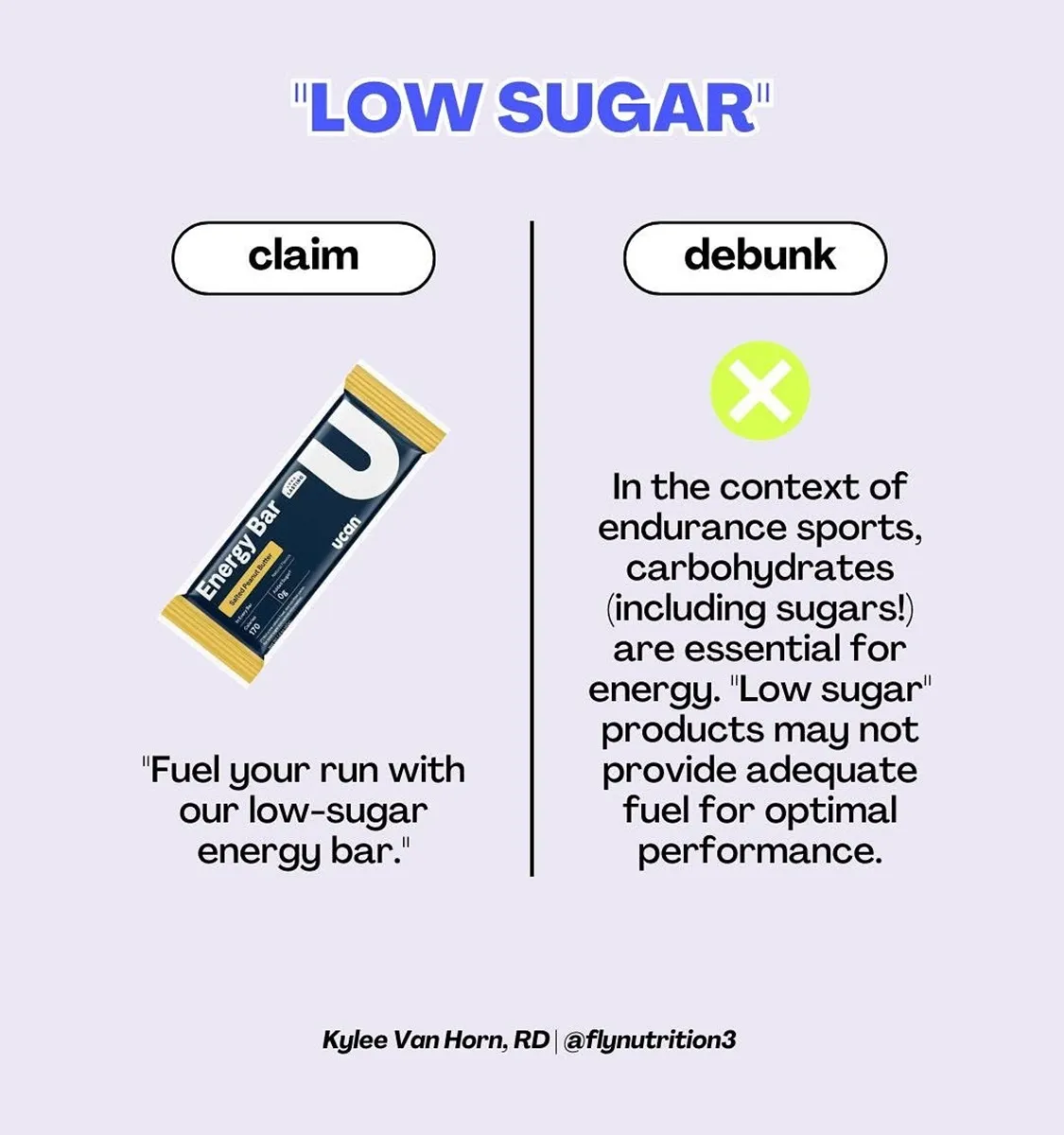
On paper, sure, it sounds like a smart swap; it’s like grabbing a low-sugar snack. But when you’re training or racing, sugar is your best friend.
Sugar is a carbohydrate, and carbs are your body’s quickest, most efficient energy source on the run.
Choosing a low-sugar gel means you’re getting fewer carbs, which can leave you feeling sluggish, bonking early, and even make you more prone to an injury.
Sugar’s gotten a bad reputation, but during a run it’s anything but bad, it can actually be a total game changer for your performance.
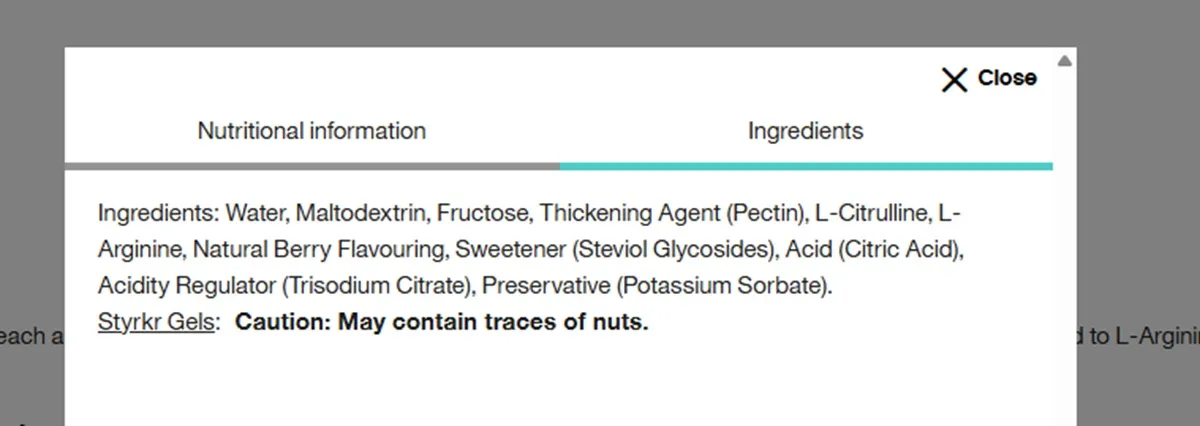
What’s used instead of sugar in these gels can be even worse for your stomach. Ingredients like Stevia, Maltodextrin, or anything ending in ‘-ol’ (like sorbitol) will not only have a weird texture but also overload your GI system.
And I don’t know about you, but I surely do not want to have to search for a bathroom mid-run.
So instead of looking at the ingredients to see if there’s sugar or not, ask yourself, is this going to help me with my running? If not, that might be your sign to try something else, especially if your goal is to get through 26.2 miles or nail those faster-paced workouts without hitting a wall.
We’ve said it before in other episodes, but this doesn’t mean your entire day needs to be filled with loads of sugar. This is specifically what your body needs to get through your run and workouts.
Need ideas for fueling? Check out this list of fueling alternatives for sensitive stomachs.
Which Gels are Easier on Your Gut
Just like running shoes, there’s no such thing as the perfect gel for everyone. The only way to know what works for you is to experiment.
Brands like Fuel Goods even sell sampler boxes so you can test a variety of flavors, textures, and brands you might not usually pick. Who knows, you might discover a new favorite that your stomach actually likes.
You don’t have to commit to just one gel for an entire training cycle or race. Kylee recommends keeping two options on hand; different flavors and even different textures can help fight flavor fatigue.
Want to try out some of our favorite fueling options? Coach Amanda has put together a few Fuel Goods sampler boxes, or you can put together your own. Make sure to use code RTTF10 when checking out.
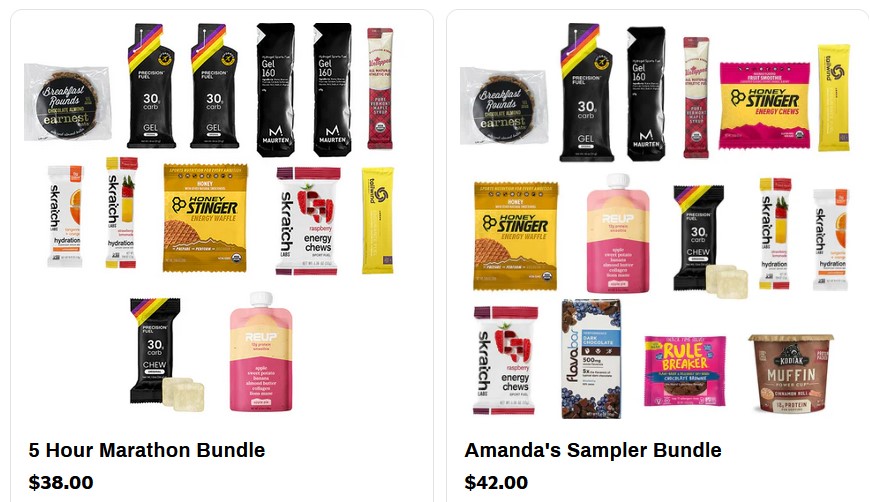
Your fueling plan is a puzzle. The gel you take is just one piece. Hydration, electrolytes, and what you eat beforehand all play a role in how your stomach feels on the run.
Many runners blame gels for GI issues, when the real culprit might be dehydration or even low sodium.
Most gels are designed to be taken with a few sips of water, which helps with absorption and reduces the likelihood of stomach upset. Skip that small drink, and you’re going to run into trouble.
If you’re a fan of caffeinated gels, don’t forget to check the label. Some may have 20mg of caffeine, others pack in 100mg. Everyone’s tolerance is different, and too much caffeine can wreak havoc on your gut.
The best time to experiment is throughout your training cycle. Try different gels, track how you feel during and after your runs. This will help you build a fueling plan that works for you before race day.
Preparing to run a marathon? Here are tips on what to eat before and during race day.
This only scratches the surface of what Kylee shared. Head to the podcast to listen to the full episode that’s jam-packed with even more tips and simplifying the science.
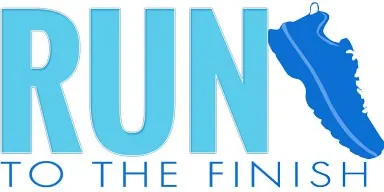

 Running Gear To Get You Through The Dog Days Of Summer | August Gear Round-Up
Running Gear To Get You Through The Dog Days Of Summer | August Gear Round-Up
Leave a Reply